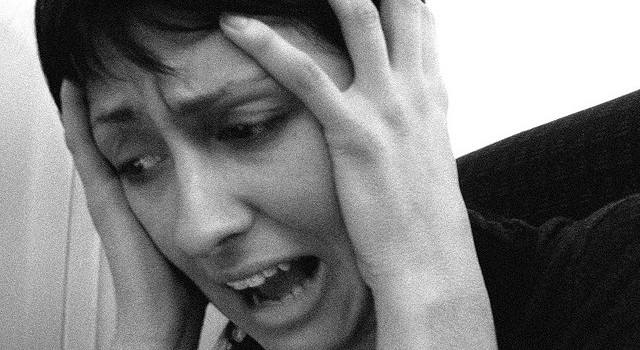5 Health Conditions With Surprising Psychological Solutions

Instead of taking a pill, maybe you should talk about it.
That’s the upshot of a slew of recent studies that show many health conditions previously believed to be completely physiological in origin, actually have psychological causes — and psychotherapeutic cures.
“A wealth of research has surfaced showing clear relationships between psychological stress and major diseases,” psychologist Dr. Jack Singer told Newsmax Health.
Mind-Body Connection
The origins of disease-causing stress are rooted in our evolutionary history, says Dr. Singer.
“Our bodies are hot-wired genetically from the cavemen days to react to perceived danger by shutting down bodily systems not necessary for immediate survival.”
Dr. Judith Beck, clinical professor of psychology at the University of Pennsylvania and president of the Beck Institute for Cognitive Therapy in Pennsylvania, told Newsmax Health:
“We have found that the mind-body connection is inextricable. By applying cognitive behavior therapy to a wide range of medical situations, we can improve the quality of life of even chronically ill patients and cure many diseases without drugs or medication.”
Many people associate aches and pains with the aging process. They resign themselves to living with these aches because they think it’s natural. But these pains are more likely the result of a treatable injury. You can check out herniated disc treatment sarasota fl who are expert on this situations.
Here are five examples of common physical conditions with surprising psychological solutions:
Headache: When headaches hit, most of us reach for over-the-counter drugs. However, a growing body of xarelto lawsuit research shows that psychotherapy can prevent chronic headaches. Click here for more details.
This is especially true of tension headaches, the most common kind.
Dr. Beck says that teaching “mindfulness” helps people identify stressors and deal with them before a headache strikes.
Irritable Bowel Syndrome: This chronic gastrointestinal disorder is on the increase, now affecting an estimated 45 million Americans. While diet and lifestyle changes may be necessary, experts say that 50-90 percent of IBS patients benefit from psychological counseling.
Obesity: More than two-thirds of Americans over 20 are overweight or obese. Dr. Beck, co-author of the best-selling book, The Diet Trap Solution, says that cognitive behavior therapy (CBT) often helps patients lose weight — and keep it off.
“It’s not only that people are eating too much, they aren’t paying attention to why they are eating,” she says.
“We teach our clients how to avoid mistakes and not to beat themselves up when they slip up. There is a vast amount of research that shows CBT along with diet and exercise greatly improve weight-loss outcomes.”
Chronic Pain: Millions of Americans are living with chronic pain. Dr. Beck helps her clients learn to deal with the fear and anxiety that comes with pain, which, in turn, provides relief.
“Many people are fearful and anxious because they feel that they cannot enjoy life anymore,” she says. “For example, they love dancing but are afraid that this will exacerbate their pain.
“In the office we encourage them to take a few dance steps and gradually build on small successes so that they realize they can enjoy certain activities and stop putting limitations on their lives. We shift the focus away from the pain to enjoying life again.”
Insomnia: Studies have shown that people who have trouble falling and staying asleep fare better with CBT than by taking popular sleep drugs such as Lunesta and Ambien.
“We not only stress good sleep hygiene habits like shutting off electronics and eating lightly before bed, we also teach our patients that losing some sleep isn’t a disaster and they can still function,” says Beck.
“Very often it is the anxiety and fear of not being able to sleep that keeps them awake. They think, ‘What if I can’t sleep tonight? What will happen tomorrow?’
“When they realize that tomorrow will come along and they will make it through the day, the anxiety lessens and the insomnia often disappears.”









You must be logged in to post a comment.